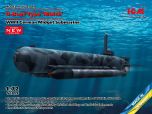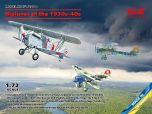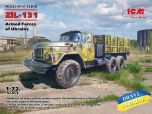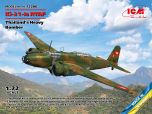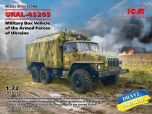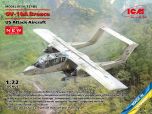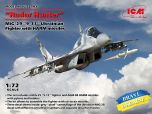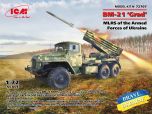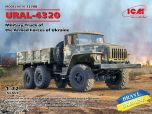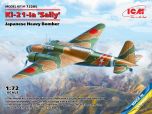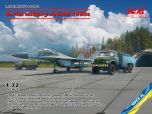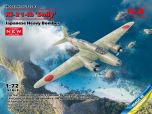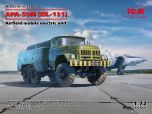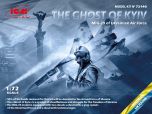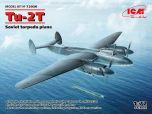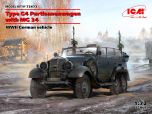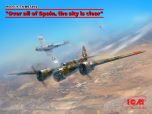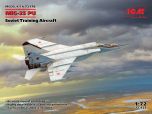ICM 1/72 In the skies of China (Mitsubishi Ki-21-Ia, 2 x Ki-27a) # DS7204
Diorama Set On July 7, 1937, the incident on the Lugouqiao Bridge near Beijing started the Second Sino-Japanese War.
From the first days of the invasion, the Japanese navy's aircraft held the brunt of the attack, and this forced the army air force to increase its supply of aircraft.
In the spring of 1938, the Ki-27a fighter appeared in the skies of China. Its combat qualities, combined with the high training of its personnel, allowed the Japanese air force to gain an advantage over the Chinese Air Force.
In air battles, the fighter successfully fought Soviet-made I-15 and I-16 aircraft. Also in 1938, Ki-21-Ia bombers appeared in the Chinese skies, and the 60th Sentai was the first to receive them.
The planes were immediately involved in active combat operations, and their crews managed to develop an effective tactic of use: they maintained a close combat formation in the target area, combining this with mutual fire support.
The Ki-21-Ia bombers also proved to be highly survivable, being able to withstand damage from a large number of conventional calibre bullets.
For a certain period of time, these aircraft were the only long-range bombers in the Japanese Army Air Force.
Mitsubishi Ki-21-Ia "Sally" Bomber:
The Mitsubishi Ki-21-Ia, commonly known as the "Sally," was a twin-engine medium bomber aircraft used by the Imperial Japanese Army Air Service during World War II.
Introduced in the late 1930s, the Ki-21 was designed to fulfill the role of a strategic bomber capable of delivering significant payloads over long distances.
Featuring a streamlined design with a distinctive glazed nose for the bombardier, the Ki-21-Ia was powered by two radial engines and had a crew of six to eight members.
Its bomb bay could carry a substantial load, making it effective for both precision bombing and area saturation attacks.
The aircraft's robust construction and range allowed it to participate in various theaters of the war, including the Pacific and Southeast Asia.
Despite its initial effectiveness, the Ki-21 faced challenges as the war progressed, particularly against more advanced Allied fighters and anti-aircraft defenses.
However, it continued to serve in various roles, including reconnaissance and transport, throughout the conflict.
The Ki-21's legacy lies in its contribution to Japan's early war efforts and its role in shaping the tactics and strategies of the Imperial Japanese Army Air Service.
Mitsubishi Ki-27a "Nate" Fighter:
The Mitsubishi Ki-27a, nicknamed the "Nate," was a single-engine monoplane fighter aircraft used by the Imperial Japanese Army Air Service during the early stages of World War II.
Designed as a lightweight and agile dogfighter, the Ki-27a excelled in maneuverability and close combat engagements.
Featuring an open cockpit and fixed landing gear, the Ki-27a was characterized by its simplicity and effectiveness in air-to-air combat.
Its radial engine provided good performance in terms of speed and climb rate, while its lightweight structure allowed for exceptional maneuverability.
The Ki-27a was armed with machine guns, making it suitable for engaging enemy aircraft in dogfights.
During the early phases of the war, the Ki-27a proved successful in the skies over East Asia, demonstrating its capability against adversaries.
However, as the conflict progressed and more advanced aircraft were introduced, the Ki-27a's limitations became evident.
It gradually transitioned to other roles, such as training and secondary missions, while more modern fighters took over front-line duties.
Both the Mitsubishi Ki-21-Ia "Sally" bomber and the Ki-27a "Nate" fighter reflect Mitsubishi's contributions to Japan's aviation industry during World War II.
The Ki-21-Ia showcased the country's efforts to develop capable medium bombers, while the Ki-27a demonstrated Japan's approach to producing agile and maneuverable fighters for aerial combat.







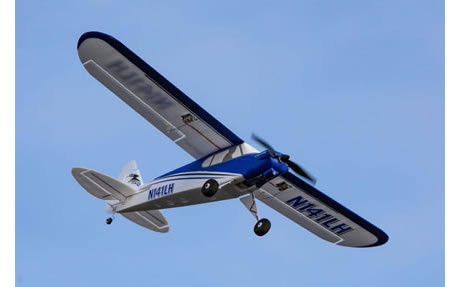
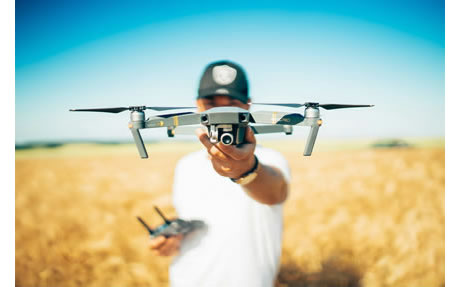










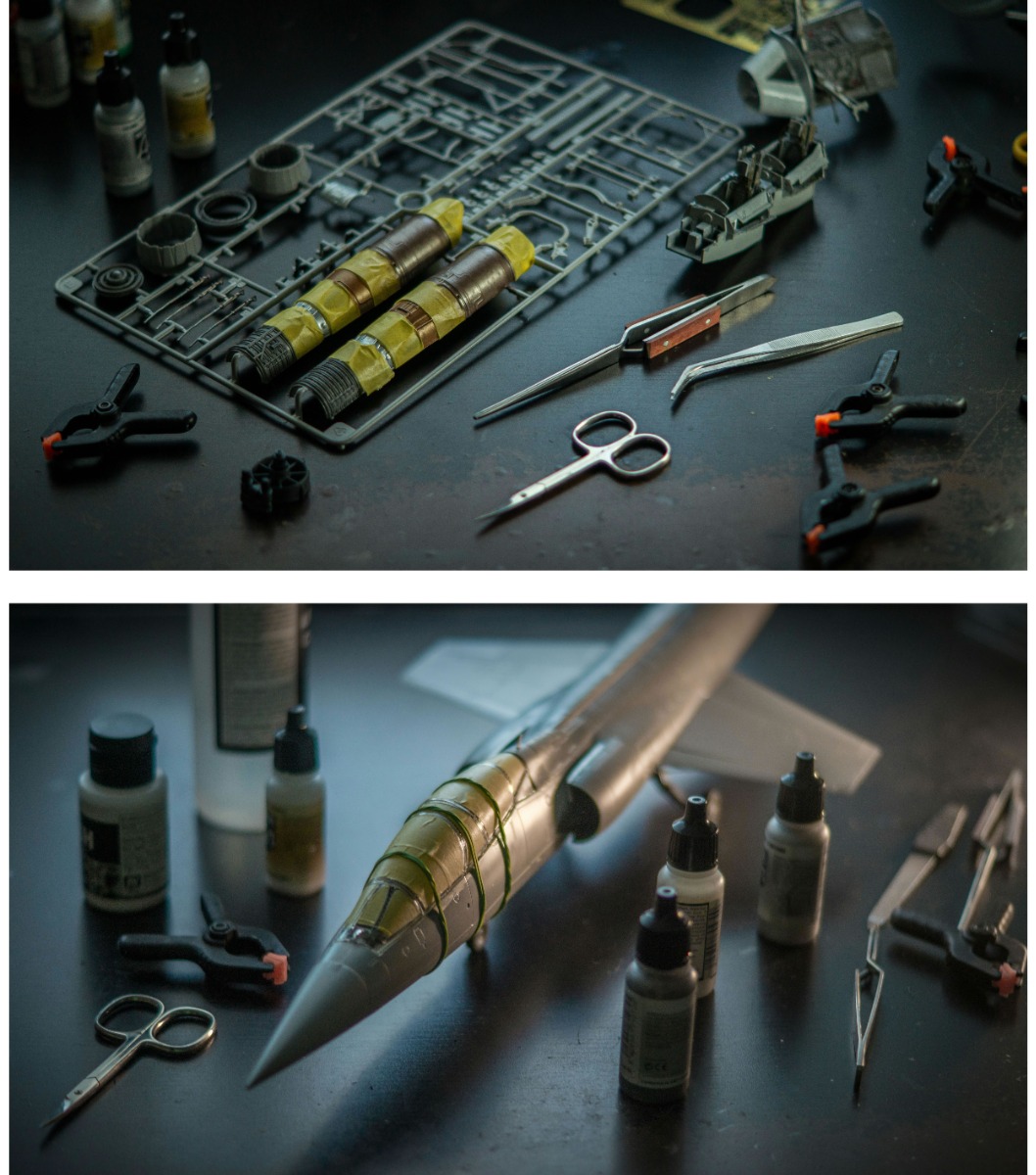
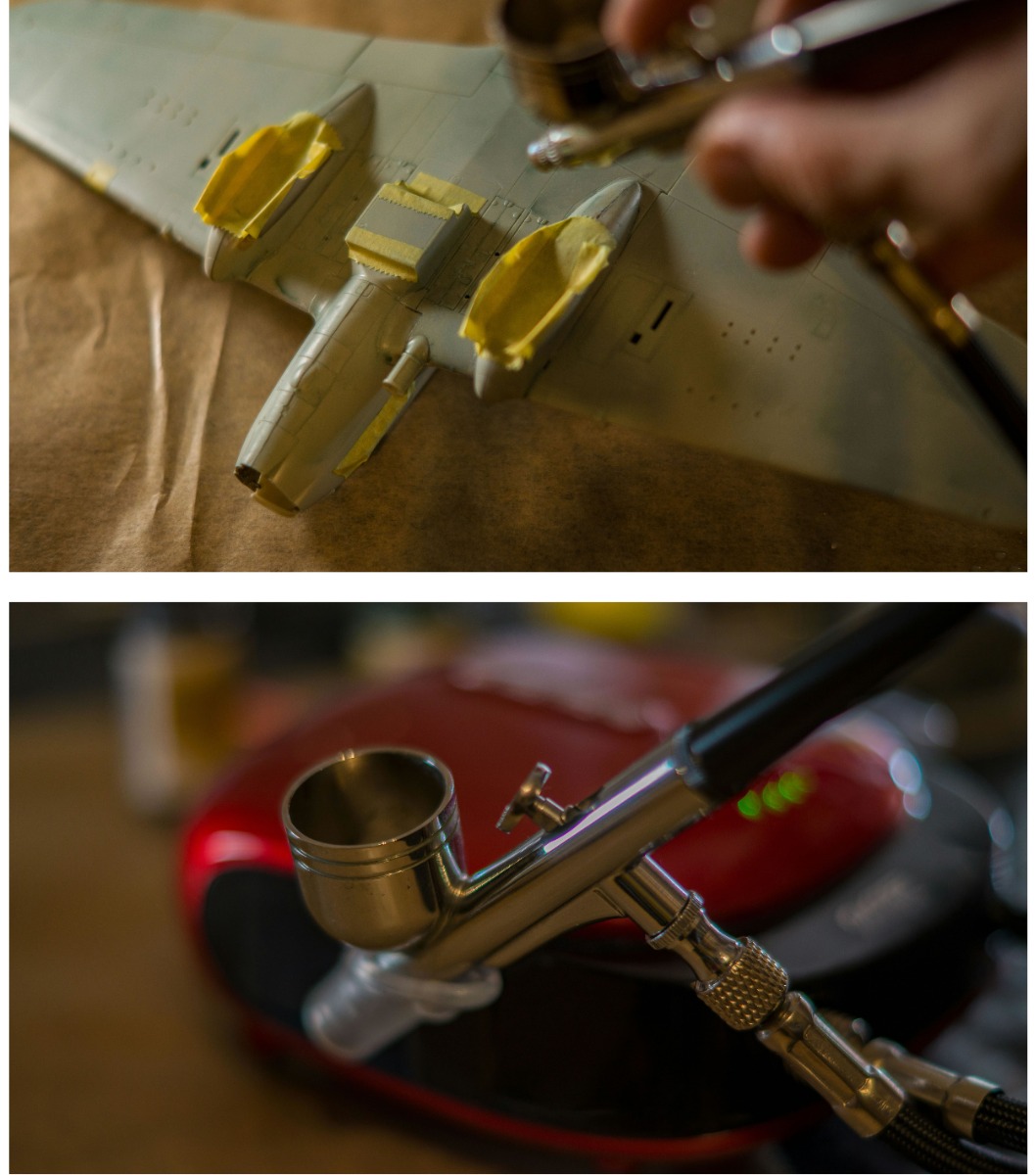
 Spread the cost with Paypal Credit
Spread the cost with Paypal Credit
 Spread the cost with Klarna
Spread the cost with Klarna


